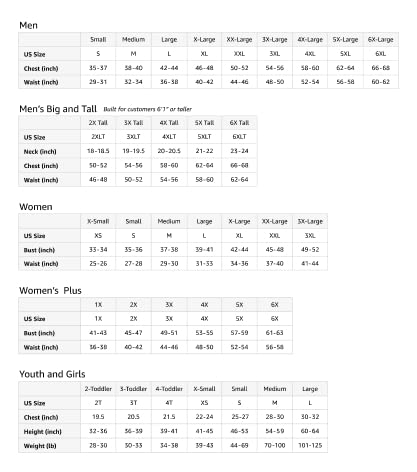Hospitality Robots Service (Portuguese Edition)
Category: licheng

The rapid expansion of the local hotel industry, driven by the growth in tourism, is seeking innovative sources of competitive advantage. A comprehensive business strategy to support sustainable competitive advantage is formulated across a range of knowledge domains, including marketing, operational processes, supply chain, finance, human resources, and information technology. This document begins by describing the innovative robotic services in the hospitality sector and the evolution of hospitality service robots. It then outlines the mixed-methods approach used in this study, involving an expert panel and semi-structured interviews with a qualitative method, as well as a rating survey with a quantitative method. The findings are analyzed using the SMART SWOT technique.
Few studies have investigated robotic services for hotels using the six-dimensional service innovation model. This model helps to identify six factors and suggests that this new service concept can position hotels to compete more effectively, utilizing IT and relational marketing strategies. The six-dimensional service innovation model encompasses service concept, client interface, service delivery system, technological options, service employees, and, importantly, the business model.
The study reveals that the key factors driving the adoption of robotic services in hotels include enhanced service quality, improved efficiency, and cost savings. Robotic services can enhance the service experience by providing consistent, round-the-clock availability, and customized interactions. From an operational perspective, robots can improve efficiency through faster service delivery, reduced errors, and the ability to handle monotonous tasks. Additionally, the deployment of robots can lead to cost savings by reducing labor expenses and enabling hotels to reallocate staff to more value-added activities.
The findings also highlight the importance of the client interface and the need to carefully manage customer perceptions and acceptance of robotic services. Effective communication and education are crucial to ensuring that guests understand the benefits and feel comfortable with the use of robots. The study suggests that hotels should adopt a gradual and strategic approach to the implementation of robotic services, focusing on high-volume, repetitive tasks initially, and then expanding the scope as customers become more accustomed to the technology.
In terms of the service delivery system, the integration of robotic services requires careful coordination with existing human-based services to ensure a seamless and coherent guest experience. Hotels must also consider the technological options available, evaluating factors such as reliability, flexibility, and the ability to integrate with existing systems.
The role of service employees is another critical factor, as the introduction of robots may impact staff responsibilities and require new skills and training. Hotels must carefully manage the transition, communicating the benefits to employees and providing the necessary support and development opportunities.
Finally, the business model implications are significant, as the adoption of robotic services can lead to changes in revenue streams, cost structures, and resource allocation. Hotels must carefully evaluate the financial and operational impact of robotic services and align their business model accordingly.
In conclusion, the study provides valuable insights into the opportunities and challenges associated with the integration of robotic services in the hotel industry. By addressing the six key dimensions of service innovation, hotels can develop a comprehensive strategy to leverage robotic technologies and enhance their competitive position in the market.
product information:
| Attribute | Value |
|---|---|
| publisher | Edições Nosso Conhecimento (July 4, 2024) |
| language | Portuguese |
| paperback | 52 pages |
| isbn_10 | 620775560X |
| isbn_13 | 978-6207755608 |
| item_weight | 3.21 ounces |
| dimensions | 5.91 x 0.12 x 8.66 inches |



















